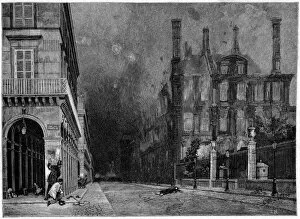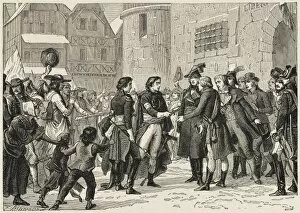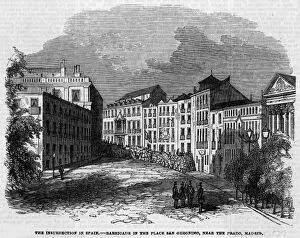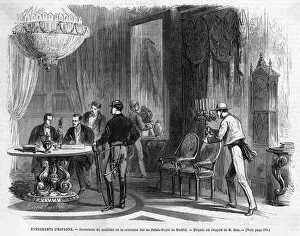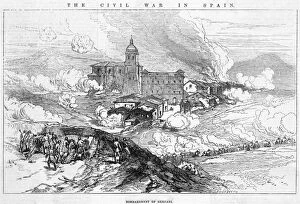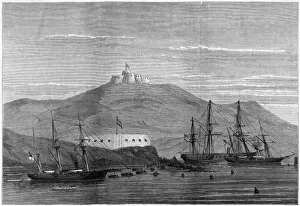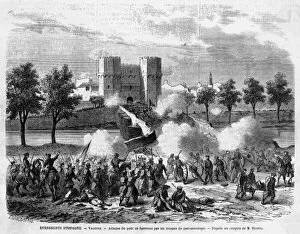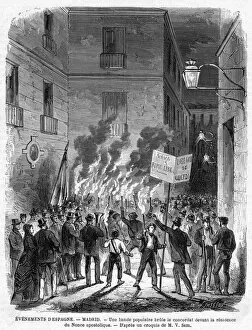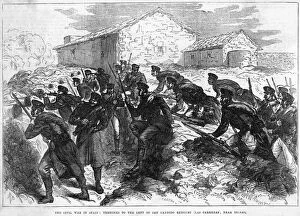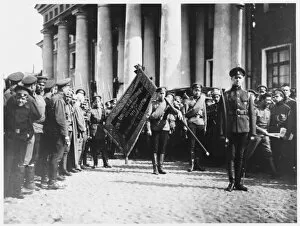Government Collection (page 247)
"Government: Bridging Nations
For sale as Licensed Images
Choose your image, Select your licence and Download the media
"Government: Bridging Nations, Shaping Histories" From the iconic Key Bridge stretching over the majestic Potomac River to the esteemed Georgetown University nestled in Washington DC, government plays a pivotal role in shaping societies. Just as a political map of Africa reveals intricate webs of governance and power dynamics, governments across the globe leave indelible imprints on their nations. In Northern Ireland's tumultuous past, an Ulster Volunteer Force poster serves as a reminder of how they can both unite and divide. Yet amidst strife, leaders like Winston Churchill emerged, symbolizing resilience with his resolute V for Victory sign during World War II. Nature too bears witness to governmental influence. The breathtaking Mourne Mountains and Mt. Slieve Bearnagh stand tall in County Down, reflecting the harmonious coexistence between Ireland, Great Britain, and Europe under shared governance. Venturing further into Europe's tapestry of governance brings us to Fisher Street in Doolin—a quaint Irish village where local government nurtures community spirit while preserving cultural heritage. Meanwhile, Glasgow Centre buzzes with vibrant civic life as citizens engage with their elected representatives to shape policies that reflect their aspirations. Across borders lies 10 Downing Street—the epitome of British political power—where decisions reverberate far beyond its walls. And what better way to appreciate governmental grandeur than witnessing Chain Bridge gracefully spanning the Danube River against Budapest's UNESCO World Heritage Site backdrop? Yet government is not solely about architecture or geography; it embodies justice too. The Scales of Justice above London's Old Bailey Law Courts symbolize fair governance rooted in centuries-old legal traditions upheld by Inns of Court—an embodiment of democratic principles cherished across England and the UK. History reminds us that even great leaders face challenges head-on; Winston Churchill at Sidney Street Siege exemplifies this unwavering resolve when confronted with adversity within East London's streets. Finally casting our gaze back through time takes us to the Roman Republic and Carthage during the Second Punic War.








